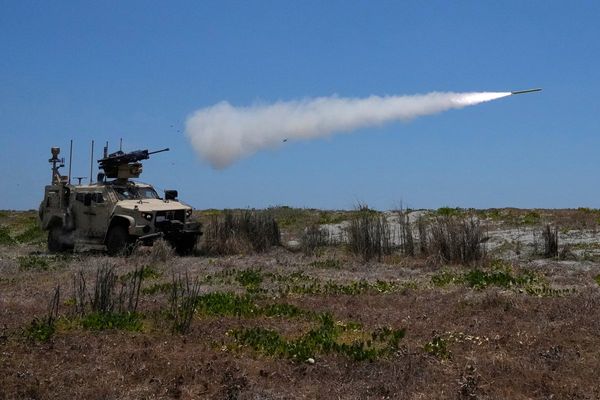
Large areas of Australia are at increased risk of bushfires over the summer, according to the latest outlook released by the national council for fire and emergency services.
The Australasian Fire And Emergency Services Authorities Council (Afac) has forecast increased bushfire risk for most of western Victoria, large parts of Western Australia’s south-eastern coastline and central west and much of the Northern Territory interior.
In Victoria, greater Melbourne, the Mornington Peninsula and parts of the state’s northeast are also at increased risk.
The risk is also heightened in central northern and central southern New South Wales, and the lower coastal southeast and lower Eyre Peninsula of South Australia.
Rainfall across southern Australian was below average into spring, and as a result, soil moisture heading into summer is below average across much of the southern and eastern parts of the country.
Mean temperatures for April to October were the third highest on record since 1910.
Victoria’s emergency management commissioner, Rick Nugent, said the bushfire season in Victoria had already started. “We’ve had over 150 grass and scrub fires so far this … season and two major fires,” he said at a press conference on Thursday.
“A dry autumn and winter and … the hottest winter on record with maximum temperatures for Victoria has resulted in higher fuel loads and dryer conditions which will make it easier for fires to start and to run.”
Through winter, Victoria’s mean maximum temperature was a record 14.34C, which was 1.31C above the 30-year average from 1961 to 1990.
Keris Arndt, a meteorologist at the Bureau of Meteorology said it had been an exceptionally dry, exceptionally warm winter in the state. “We’re expecting that heat trend to continue over the next few weeks and as we move into summer, with the indications very strong that we’re heading towards a warm summer, with temperatures forecast during the daytime and the night-time … to be above average to well above average.”
Arndt said that Victoria was expected to have a wetter than average December, but “we’re coming off the back of a very dry past 18 months. That’s going to take a long while to replenish our catchments.
“All Victorians and many Australians need to prepare for multi-hazard events, whether it be bushfire, whether it be storm associated with flash flooding, and potentially riverine flooding if we get extensive rainfall over an extended period of time.”
Afac encouraged people to be vigilant even in areas with normal risk of fires, as “catastrophic fires can still occur during normal bushfire seasons”.
Afac chief executive, Rob Webb, said communities should prepare and implement bushfire plans. “The dry winter and spring period across southern Australia mean the landscape is well primed for bushfires,” he said in a statement. “We hope the rains come but it makes sense to plan as if they don’t.”
“Sit down with your family, work out your plans,” Nugent said. “Know how you’re going to react and respond, and at different times.”










